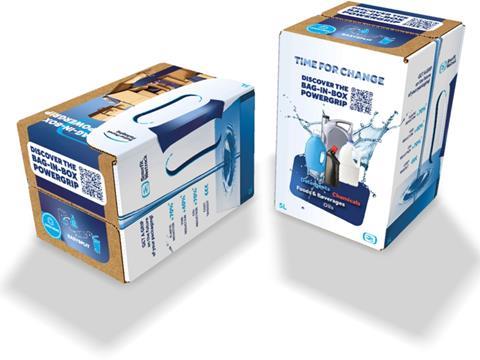
Smurfit Westrock says that its new Bag-in-Box Powergrip can replace traditional HDPE bottles and jerrycans while using less material, cutting production steps, and simplifying the recycling process. To unpack these claims, we put some questions to Jeroen Raeijmaekers, Business Developer Sustainability at Smurfit Westrock Van Mierlo.
First things first – please could you introduce this solution for readers who may have missed the initial launch? In your view, what makes it innovative?
The Bag-in-Box Powergrip is our latest innovative packaging solution designed to address sustainability, logistics, and regulatory compliance challenges. It is designed to replace conventional 2–5-liter HDPE bottles and jerrycans.
What truly sets it apart is the integrated handle – built directly into the cardboard outer pack – eliminating the need for a separate plastic or cardboard grip. It is also equipped with the EasySplit system enabling straightforward separation of the cardboard from the plastic bag, thereby facilitating sorting and recycling for end users.
This means fewer materials, fewer production steps, and a cleaner recycling process. The design facilitates easy, one-handed pouring without spillage, ensuring both practicality and ergonomic efficiency. It is compatible with three cap types: the VOP screw cap, the NBV pouring cap, and the Vitop tap commonly used in wine Bag-in-Box packaging.
This solution demonstrates a balance of innovative engineering, real-world usability, and a commitment to sustainability.
What market conditions and macro trends prompted Smurfit Westrock to create this product?
Two key forces inspired the development of the Bag-in-Box® Powergrip: regulatory change and the drive for sustainability. With the upcoming European Packaging and Packaging Waste Regulation (PPWR) taking effect in 2030, packaging with more than 50% empty space will no longer be allowed which calls into question many traditional formats such as jerrycans or HDPE bottles — especially those with eccentric necks that we can see for example in the home-care applications.
At the same time, the push to increase recycled plastic content in HDPE bottles brings new technical and economic challenges. Higher recycled content can lead to greater burst rates, colour variations, and cost fluctuations, making it increasingly difficult for manufacturers to meet both performance and sustainability targets.
Rather than trying to optimise a material with inherent limitations, Smurfit Westrock chose to rethink the entire concept.
The Powergrip can replace rigid plastic containers with a lightweight cardboard-and-film system that uses up to 75% less plastic (for 5-litre format), improves logistics efficiency, and is recyclable. By doing so, it provides a future-ready solution that meets tightening legislation while delivering tangible operational and environmental benefits.
Our readers are curious to learn more about how this product performs in terms of carbon emissions. Have any independent LCAs been undertaken, and how do these compare with the carbon impact of HDPE bottles?
This innovation is not yet on the market, a dedicated supply chain analysis and independent life cycle assessment (LCA) are not currently available. However, we have conducted a comprehensive environmental impact estimation using our professional assessment tool, which incorporates Ecoinvent data alongside our own production data.
The results are highly favorable for the Bag-in-Box® Powergrip solution, demonstrating a minimum reduction of 50% in CO2 emissions for the 5-liter format. These findings are consistent with LCAs conducted in the automotive sector, where companies transitioning from rigid plastic containers to Bag-in-Box systems have reported similar environmental benefits, as documented in publicly available sources.
Furthermore, these assessments also emphasize substantial reductions in both inbound and outbound logistics requirements. Specifically, pallet optimization for 5-liter containers has achieved improvements of approximately 60%, resulting in notably more efficient transportation and storage.
How can the product be recycled, and do you have any concerns regarding the potential for consumers to not separate the layers before disposing of the pack?
The Bag-in-Box solution is engineered with recyclability at its core. The bag and box components are intentionally designed to be easily separated, particularly with the user-friendly EasySplit system, which enables intuitive and effortless separation for consumers.
This feature can be further emphasized through thoughtful graphic design, providing ample space on the packaging for clear, compelling messages that encourage consumer participation in sustainability initiatives.
Once separated, the box is directed to the paper recycling stream, while the bag is suitable for flexible plastic recycling. In the majority of European countries non- metallized flexible bags with taps are recyclable.
Currently, the absence of a unified European recycling methodology means that recycling processes and facilities vary locally, and regional guidelines may apply. If consumers do not separate the components, both elements are likely to be discarded together in the paper recycling stream, since the box constitutes the majority of the packaging.
In this scenario, the plastic component will most likely be rejected as waste and not recycled, which undermines the environmental benefits of the system.
Furthermore, as the Packaging and Packaging Waste Regulation (PPWR) evolves in the coming years, there is a potential regulatory risk: Bag-in-Box solutions could be deemed insufficiently recyclable if the legislation assesses recyclability based solely on the box component.
This could threaten the continued market presence of Bag-in-Box products, despite their inherent sustainability advantages. To avoid this outcome, it is crucial to prioritize market education and develop packaging designs that facilitate the easy separation of materials, thereby promoting proper recycling and maximizing environmental gains.
With the introduction of the EasySplit design and broader adoption of Bag-in-Box packaging beyond the wine segment, influenced by sustainability and cost benefits, this type of packaging is now used in markets including lubricants, detergents, and other industrial and consumer applications.
As end users and B2B customers become more accustomed to the Bag-in-Box concept, they increasingly separate the bag from the box. Many consumers take out the inner bag to confirm it is squeezed until it’s completely empty, which supports the system’s transparency, practicality, and straightforward design.
If you liked this story, you might also enjoy:
The ultimate guide to the Packaging and Packaging Waste Regulation in 2025
How are the top brands progressing on packaging sustainability?
Everything you need to know about global packaging sustainability regulation in 2025
The key to increasing the use of reusable packaging in supermarkets

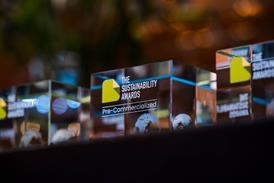
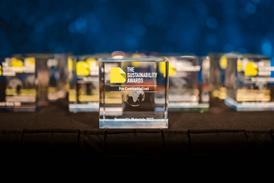
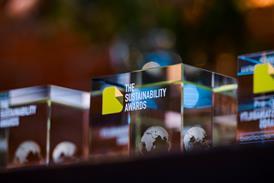
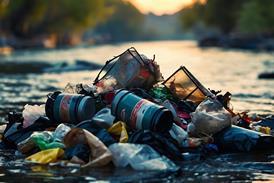
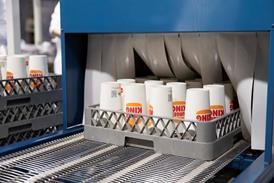
















No comments yet